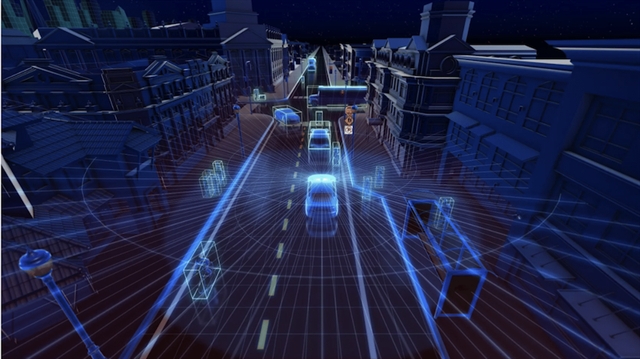LiDAR (Light Detection and Ranging) technology is transforming urban infrastructure and utility management, offering significant benefits for rapidly growing cities like Hyderabad. This advanced technology captures precise three-dimensional data about the urban environment, aiding in effective urban planning and development. By providing detailed topographic mapping and insights into vegetation, existing infrastructure, and land use, LiDAR supports better decision-making for residential, commercial, and transportation projects, aligning with the city’s broader Smart City Mission objectives. One of the most critical applications of LiDAR in Hyderabad is its role in flood risk assessment. With the city experiencing recurring flood challenges, LiDAR data enables the creation of highly accurate flood risk models, which are vital for urban drainage planning and management. These models help city planners devise strategies to improve infrastructure resilience, safeguard public safety during monsoons, and minimize the urban impact of floods. LiDAR also plays a key role in utility management by monitoring critical infrastructure. For example, it can detect vegetation encroaching on power lines, helping to prevent outages during adverse weather. Additionally, LiDAR data assists in mapping water supply networks and sewage systems, enabling the identification of issues like leaks or blockages and ensuring the efficient upgrade of infrastructure to improve public service delivery. The integration of LiDAR technology brings numerous advantages to Hyderabad, including more reliable data for strategic decision-making and streamlined project planning. By enhancing data collection processes, LiDAR enables city authorities and utility managers to respond more swiftly to urban challenges. Additionally, it supports sustainability efforts by improving the management of green spaces and urban resources, promoting long-term ecological and economic health. However, the implementation of LiDAR in Hyderabad does come with challenges. Integrating LiDAR data with existing systems can be complex, and the initial investment in technology and training may be substantial. Despite these hurdles, the long-term benefits—such as enhanced urban resilience, improved public safety, and more efficient service delivery—make overcoming these challenges worthwhile for the city’s future growth and sustainability.



